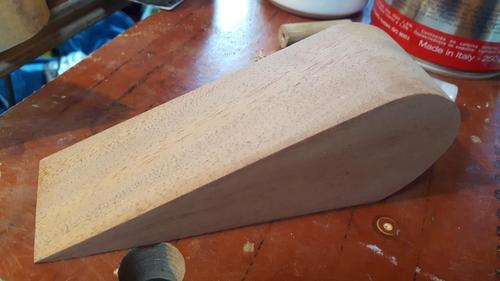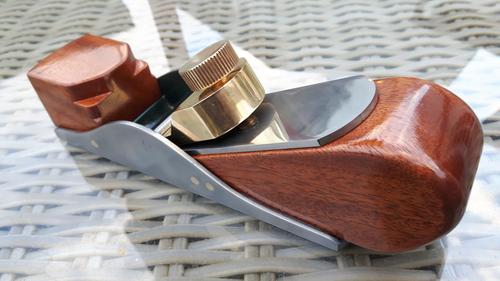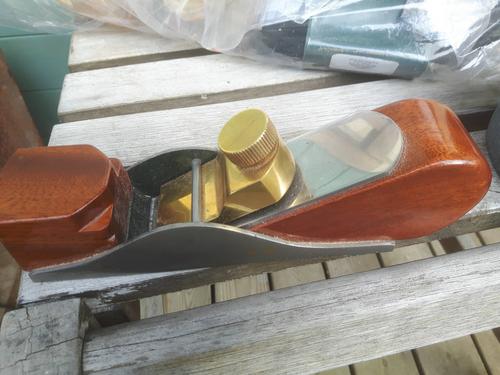Quickben
Established Member
I've just ordered a mixed pack of micro mesh pads, ranging from 1500 grit to 12000(!!), cut to fit a 5" sander and with a velcro back.
We have some jarrah and mahogany to work on, so I was wondering how shiny i could get it before putting a finishing oil/wax/lacquer on it.
Has anyone tried sanding to this level before ?
I've used micro mesh before in the RAF to blend out nicks on compressor blades in gas turbine engines. It's good stuff.
I'm just wondering how far up the grades I can get before it makes no difference to the wood. My thinking is that if I can get the wood to look like it already has a coat of lacquer on it and THEN lacquer it, it will have an even deeper shine.
Or I could get away with just oiling the wood after sanding and not need to use anything else.
Any thoughts ?
We have some jarrah and mahogany to work on, so I was wondering how shiny i could get it before putting a finishing oil/wax/lacquer on it.
Has anyone tried sanding to this level before ?
I've used micro mesh before in the RAF to blend out nicks on compressor blades in gas turbine engines. It's good stuff.
I'm just wondering how far up the grades I can get before it makes no difference to the wood. My thinking is that if I can get the wood to look like it already has a coat of lacquer on it and THEN lacquer it, it will have an even deeper shine.
Or I could get away with just oiling the wood after sanding and not need to use anything else.
Any thoughts ?



































